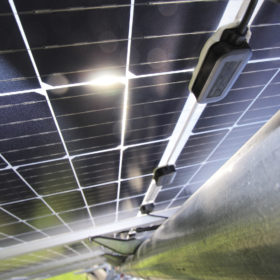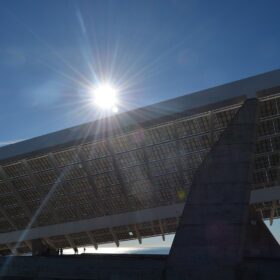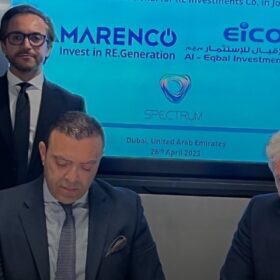Jordan launches tender for solar energy systems
The Jordanian government has launched a tender for 3 kW solar energy systems for homes of National Aid Fund beneficiaries. The deadline for applications is July 4.
New approach to improve MPPT in partially shaded PV systems operating at high temperatures
The novel methodology is reportedly able to track global maximum power point and reduce power losses in partially shaded PV systems by up to 33%. It uses a backstepping controller (BSC) algorithm to adjust the pulse width modulation signal and a genetic algorithm to compute the BSC gains to achieve an optimal PV system outcome.
Jordan launches online platform for residential solar subsidies
An online platform taking inquiries into a subsidy program for residential solar heaters and PV systems has gone live in Jordan. The program will cover more than 30% of installation costs and aims to benefit around 7,000 targeted households.
Researchers apply thresholding to PV soiling image analysis
Thresholding methods have commonly been used to characterize the soiling accumulated on glass coupons. Researchers led by the Sapienza University of Rome have identified 16 automatic thresholding methods that may be used for analyzing soiling on PV panels.
The Hydrogen Stream: Masdar signs hydrogen deals at COP28
At COP28, Masdar revealed a $16 billion investment deal with Iberdrola for green energy projects in Germany, the United Kingdom, and the United States. Masdar also signed a memorandum to assess the feasibility of a green hydrogen plant near the Port of Aqaba in Jordan.
PVsyst-based comparative analysis for bifacial, monofacial PV projects
Scientists in Palestine say that controlled tests show that bifacial solar panels produce 6.81% more electricity than monofacial PV modules.
The race for 100% solar
With utility scale solar installations accelerating, Philip Wolfe, founder of PV data consultancy Wiki-Solar, drills into the data to highlight some interesting variations in relative progress around the world.
Reducing solar module temperature with acrylic sheets
Jordanian researchers have developed a method using acrylic sheets to reflect and absorb unused solar radiation in PV power generation. The solution has the potential to decrease solar panel temperature by more than 14% and increase power yields by approximately 2%.
Amarenco acquires Jordanian renewable energy company Spectrum
With the acquisition of Spectrum International, Amarenco Group strengthens its presence in the Middle East and North Africa, where it is aiming for 200 MW.
Dust removal for solar panels via electrostatic cleaning
A Jordanian research team has designed a cleaning technique for solar modules that uses static electricity to remove dust from panel surfaces. The system features an electrostatic ionizer that reduces attraction between dust particles and their accumulation on modules, improving their energy yield.










